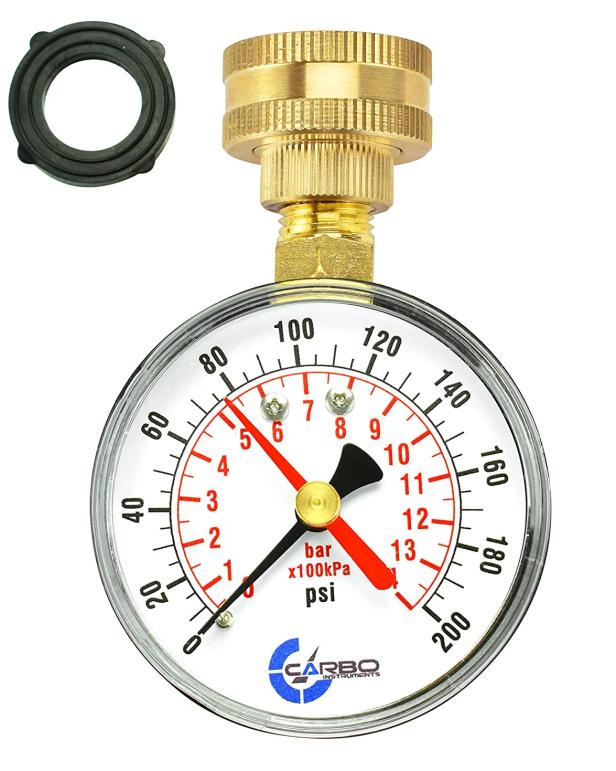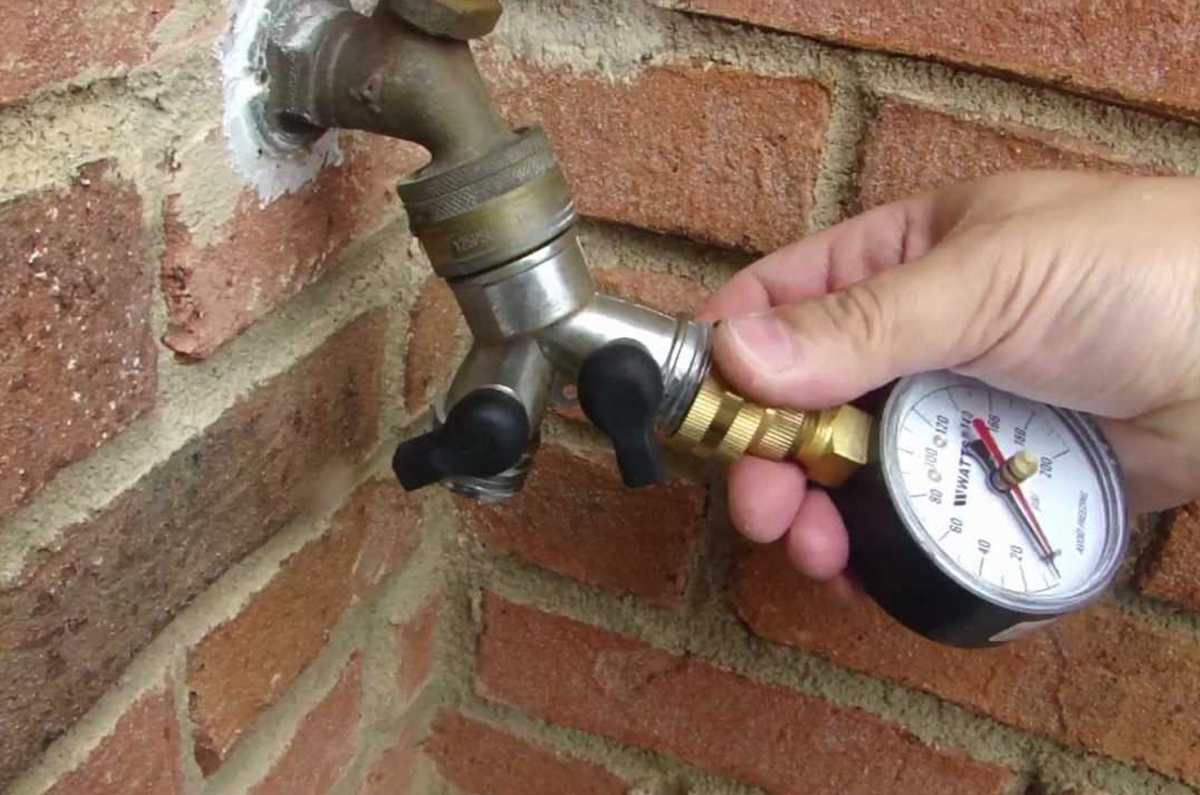Every person seems to have their personal perception when it comes to 10 Reasons for Low Water Pressure in Your House.

Low tide stress in your house can be a discouraging issue, impacting everything from bathing to washing dishes. If you're experiencing weak water circulation, there are a number of possible reasons and options to discover. In this guide, we'll talk about usual factors for low tide stress and sensible steps to attend to the concern effectively.
Intro to Low Water Pressure
Low tide stress takes place when the circulation of water from your faucets, showers, and various other components is weaker than typical. This can make daily jobs a lot more challenging and less effective. Understanding the root causes of low water stress is vital to locating the best service.
Common Sources Of Low Tide Pressure
Faulty Stress Regulatory Authorities
Pressure regulatory authorities are in charge of preserving regular water stress in your home. If they malfunction, it can result in low tide stress or uneven circulation throughout the house.
Municipal Water Issues
In some cases, the issue exists outside your home. Municipal water supply concerns, such as main line leakages or maintenance job, can momentarily decrease water stress in your area.
Pipe Obstructions
With time, pipes can end up being obstructed with mineral deposits, debris, or particles, restricting the circulation of water. This is an usual issue in older homes with galvanized steel pipelines.
Corrosion
Rust within pipelines can lead to leaks and minimized water stress. Rust build-up can tighten water flow, particularly in maturing plumbing systems.
Just How to Diagnose Low Water Pressure
Checking Pipes
Check noticeable pipelines for signs of leaks, corrosion, or obstructions. Take notice of any uncommon audios, such as knocking or rattling pipelines, which could indicate problems within the plumbing system.
Consulting with a Plumber
If you're not able to identify the root cause of low water pressure, consider employing an expert plumber to perform an extensive assessment. They can determine underlying issues and recommend appropriate services.
Checking Faucets and Fixtures
Beginning by testing the water pressure at different faucets and fixtures throughout your home. If the concern is separated to certain areas, it may indicate localized problems.
Do It Yourself Solutions to Repair Low Water Stress
Flushing Hot Water Heater
Debris build-up in the water heater can limit flow and lower efficiency. Flushing the storage tank regularly helps get rid of sediment and keep optimal efficiency.
Inspecting Stress Regulatory Authority
Make sure that the stress regulatory authority is operating appropriately. Adjusting or changing the regulatory authority can help recover proper water stress throughout your home.
Cleaning Aerators and Showerheads
Mineral deposits can accumulate in aerators and showerheads, reducing water flow. Remove and clean up these elements routinely to improve water pressure.
Clearing Up Clogs in Pipes
For small clogs, attempt using a plumbing serpent or chemical drain cleaner to clear obstructions in pipelines. Be cautious when utilizing chemicals and follow security standards.
When to Call a Specialist Plumber
If DIY efforts stop working to solve the issue or if you presume considerable plumbing troubles, it's best to look for support from a licensed plumber. They have the know-how and tools to deal with complex problems safely and effectively.
Preventive Measures to Preserve Water Pressure
Setting Up a Pressure Booster
Consider setting up a stress booster pump to boost water pressure in areas with consistently low flow. This can be specifically valuable for multi-story homes or buildings with high-demand components.
Tracking Water Usage
Be mindful of water use practices and avoid ill-using the plumbing system. Straightforward adjustments, such as incredible showers and washing loads, can help maintain adequate water stress.
Regular Maintenance
Schedule routine upkeep for your plumbing system to stop concerns such as rust, leaks, and clogs. Attending to minor troubles early can help avoid more considerable fixings later.
Final thought
Managing low water stress can be irritating, however recognizing the underlying causes and executing suitable services can restore ideal flow throughout your home. Whether it's cleaning up aerators, examining pipes, or talking to a plumber, taking aggressive actions can make certain a steady supply of water for your daily demands.
FOUR WAYS TO FIX LOW WATER PRESSURE NOW
Turning on a shower or faucet only to find the water comes out in a sad, slow drizzle is never a good feeling. How exactly are you supposed to wash a pan or take a quick shower when it takes 10 minutes just to rinse off a little soap? The good news is that when your water pressure is bad, there's always a cause: typically one that can be easily fixed. Here are some of the most common causes of low pressure and what you can do to fix the issue:
DEBRIS AND MINERAL DEPOSIT BUILDUPS
If you notice low water pressure from just one or two of the fixtures in your house, the problem likely has to do with debris buildup. Water is full of minerals and other debris, all of which can accumulate in your pipes and on your fixtures. This can cause a blockage that affects how much water flows through. To fix this, try filling a small plastic bag with white vinegar, and use a rubber band to hang it around your showerhead or faucet. Let the head of the fixture soak for a few hours, and the vinegar should loosen the deposits.
WATER LEAKS
Leaks are another common cause of low water pressure. If water is flowing out of your plumbing through a hole or crack before it can reach your fixture, the pressure coming out of the faucet or showerhead will be lower. A plumbing professional is your best bet for finding and repairing a leak in your water supply pipes.
Leaks are another common cause of low water pressure. If water is flowing out of your plumbing through a hole or crack before it can reach your fixture, the pressure coming out of the faucet or showerhead will be lower. A plumbing professional is your best bet for finding and repairing a leak in your water supply pipes.
A VALVE ISSUE
If you have low water pressure throughout your home, check your main shut-off valve to make sure it's completely open. You may also want to see if there's a pressure-reducing valve installed. If there is, have a plumber help you adjust the settings to get the pressure you're looking for.
OTHERS USING WATER
Believe it or not, your low water pressure could be caused by your neighbors. If you notice low pressure at certain times of day, it may be because you and the people living next to you have similar schedules - when everyone is showering at the same time, the pressure will be lower in every home. Low pressure throughout the neighborhood may also be caused by an issue with your municipal water supply. If that's the case, call the supplier to see if they're working on the issue.
https://www.rotorooter.com/blog/water-leaking/low-water-pressure-fixes/

As a fervent person who reads on 9 Reasons for Low Water Pressure in Your House, I thought sharing that short article was really helpful. Enjoyed reading our blog posting? Please quickly share it. Help other people find it. We enjoy reading our article about Dealing with Low Water Pressure in Your Home.
Website
Comments on “Quick Solutions for Dealing with Low Water Pressure in Your Home”